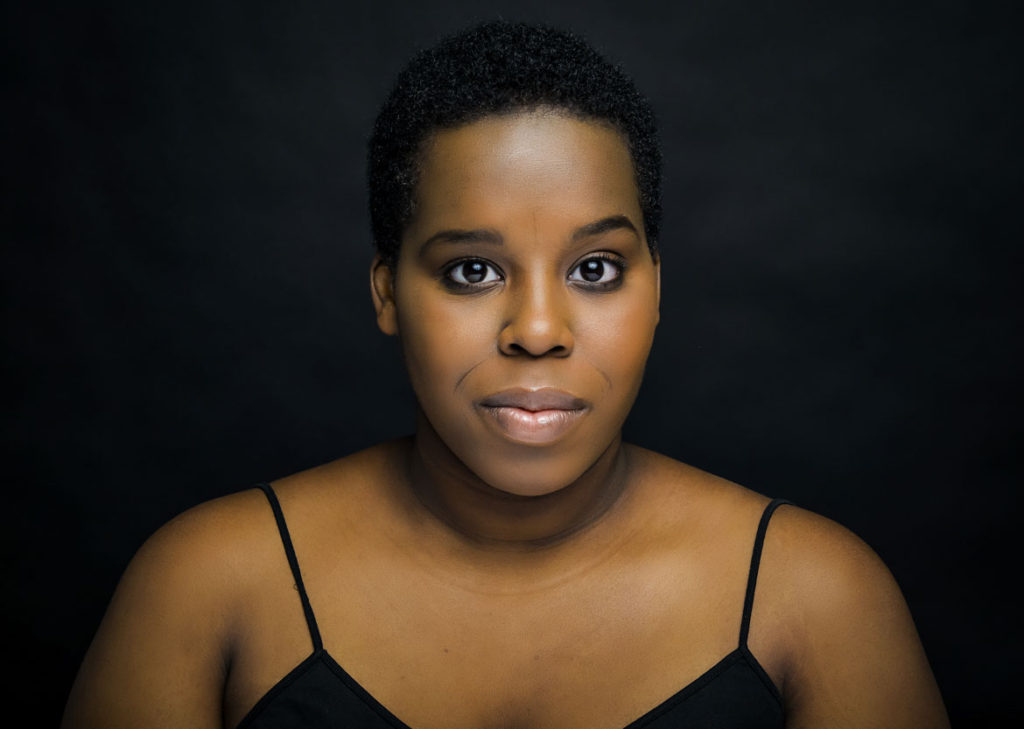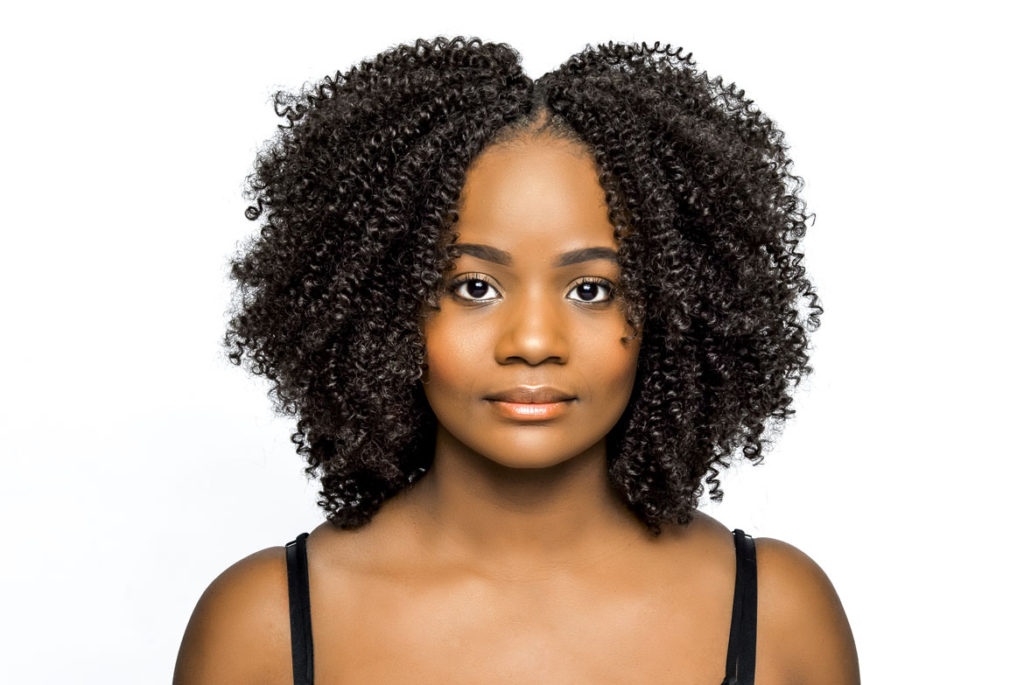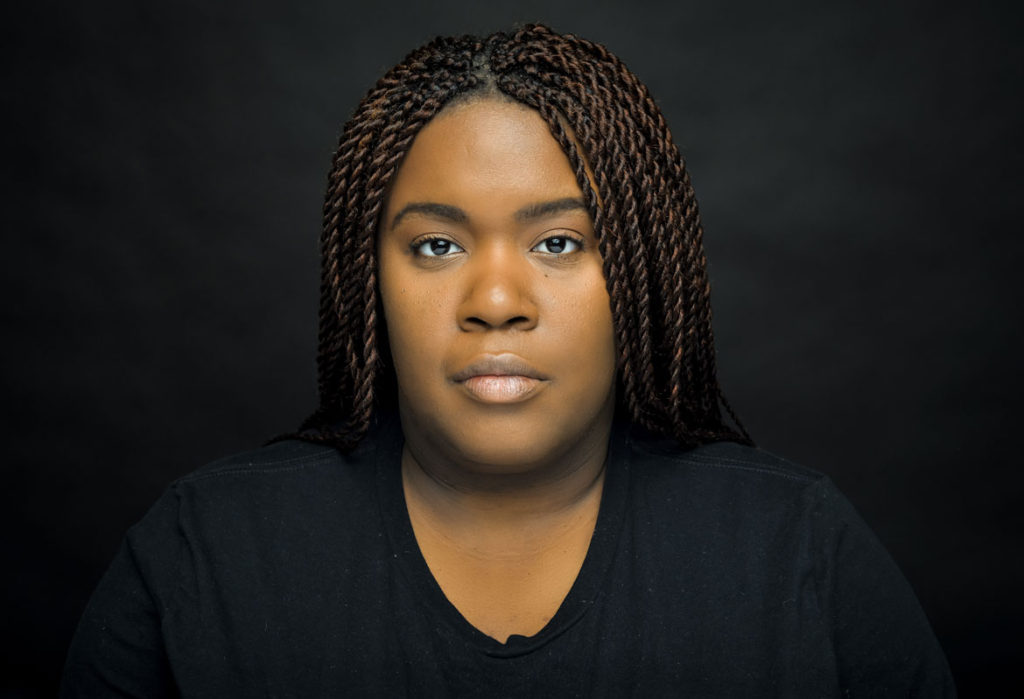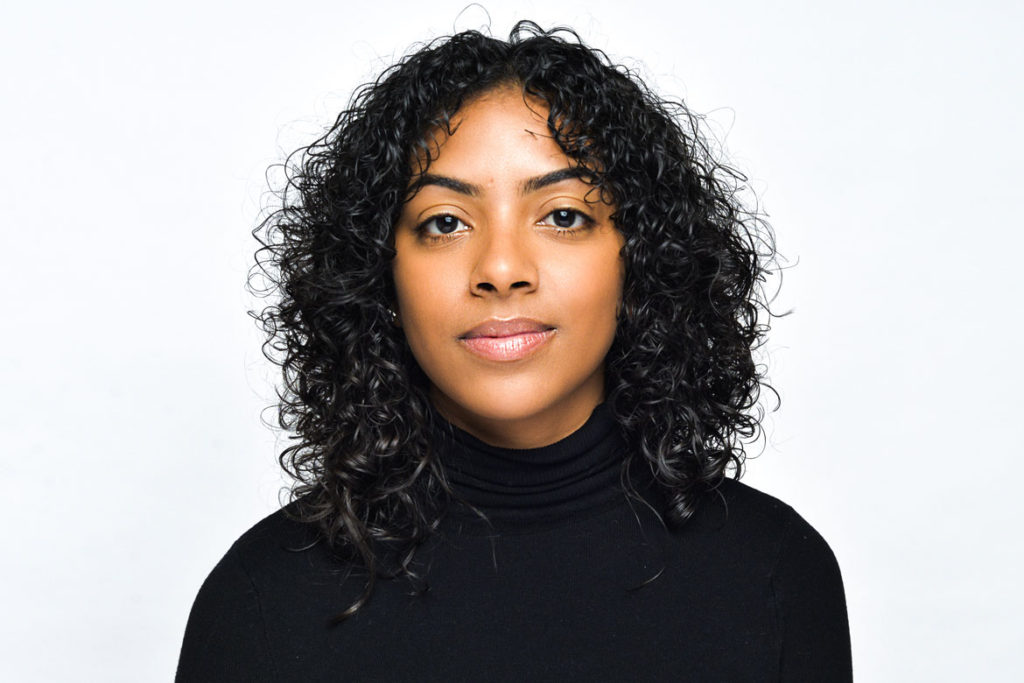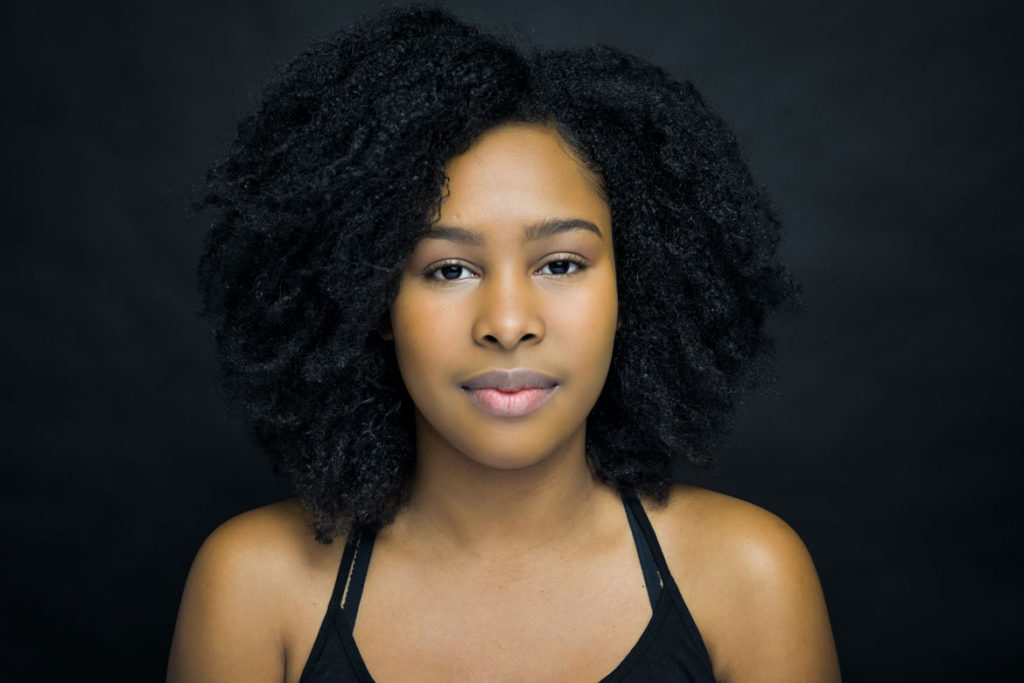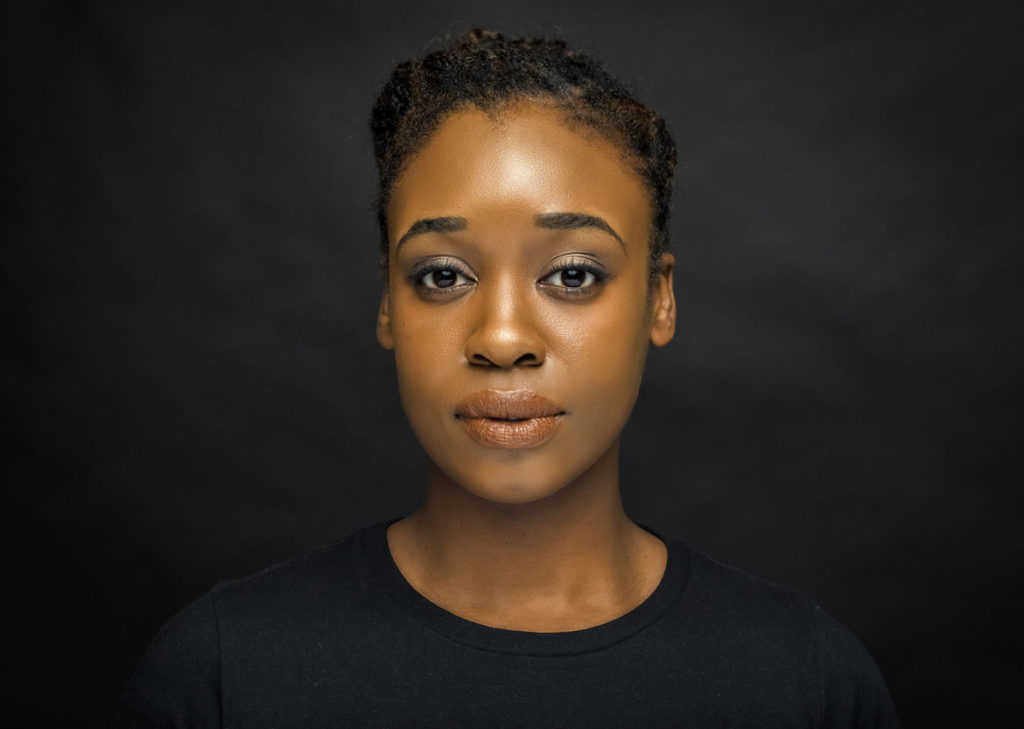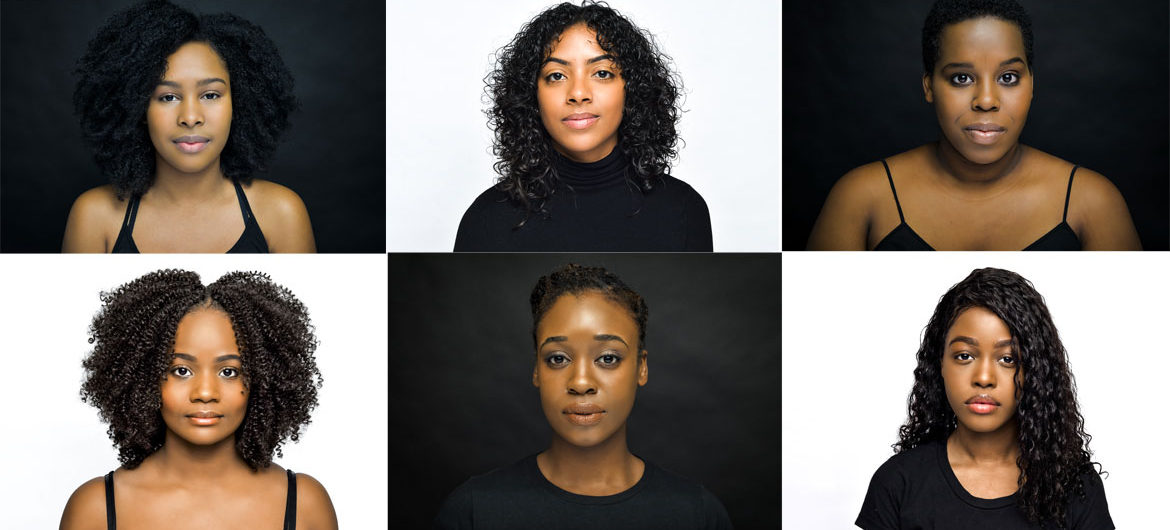“Anytime I say I’m Haitian, I’ve had people look at me and say, ‘You don’t look Haitian,’” photographer Valerie Anselme says. “It’s not only happened to me, it’s happened to other people I know.”
The 26-year-old Boston native finds this a strange thing to hear—as someone who grew up steeped in Haitian culture as the child of Haitians who moved to the United States from their native island in the 1980s “looking for better opportunities.”
But the question would come up—like when a Bunker Hill Community College classmate complimented her on her French pronunciation and she explained that she was Haitian-American and grew up singing French hymns in church. “He looks at me and he looked genuinely confused. He’s like really? Inside of me, I’m like, ‘What’s that supposed to mean?’”
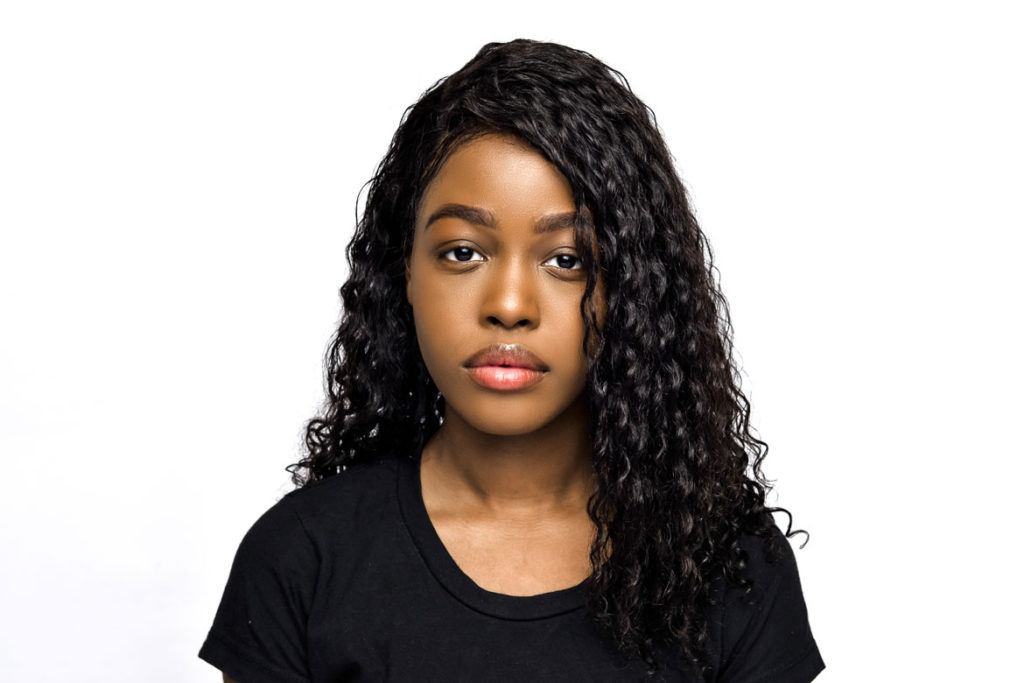
Now studying photography and graphic design at Bridgewater State University, Anselme decided to use her camera to plumb the question: What do Haitians look like? Since beginning her “Faces of Haiti Project” (on Instagram) in November, she’s made portraits of more than 30 people. Her aim, she writes, “is to debunk the idea, mostly fed by media, that all Haitians look a ‘certain type of way’ and to show that we are diverse peoples.”
“I’m light skinned. A lot of time on social media or regular media when Haitians are portrayed, they’re darker toned,” Anselme says. “I wanted to take pictures of different Haitians I know or didn’t know. Haitians, we have a large variety of skin tones. It’s not just one ideal look.”
“There’s diversity in Haiti,” she notes. But there’s prejudice from outside as well as inside the community. “That’s prevalent in a lot of cultures. And you see it in the Haitian community. There’s a lot of colorism in terms of you’ll see some people preferring to have lighter skin than darker skin. Now people are embracing all colors. But there is that in the community, you’ll see the colorism sometimes.”
